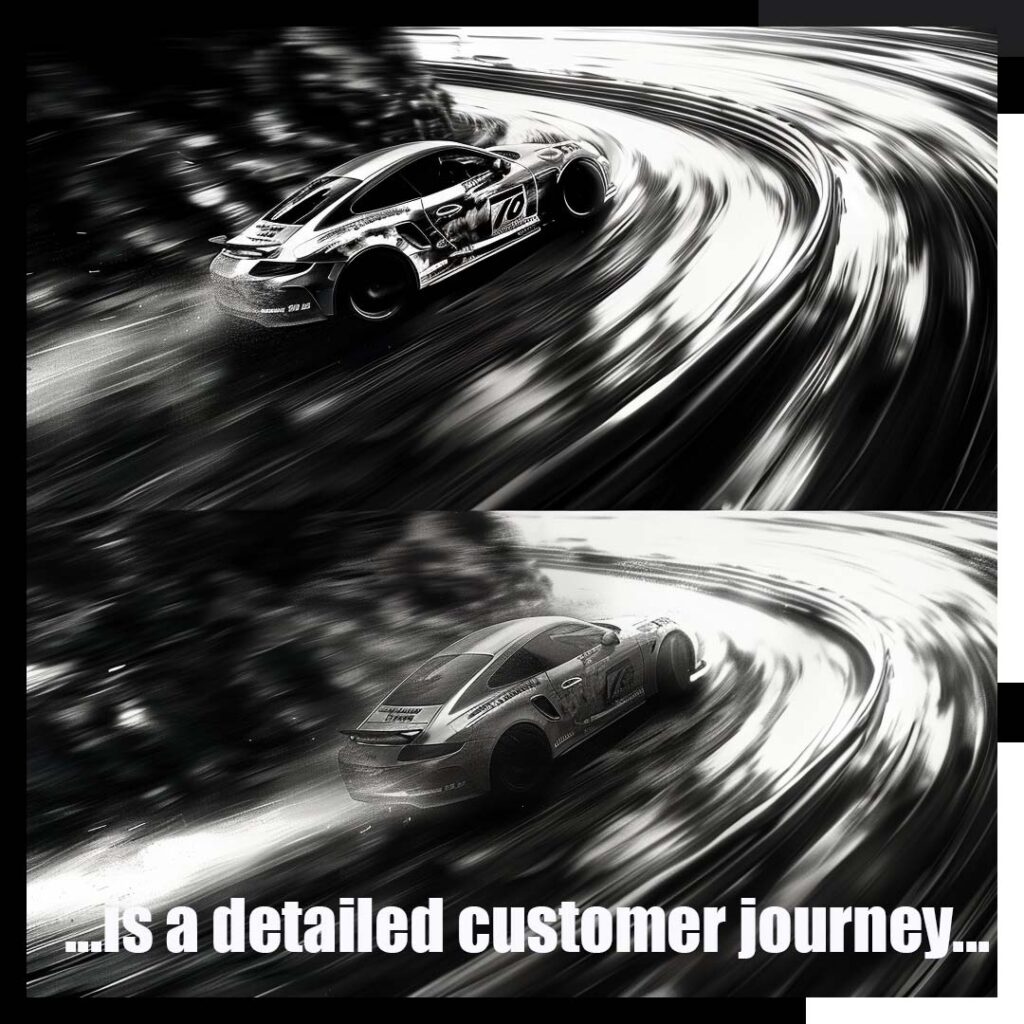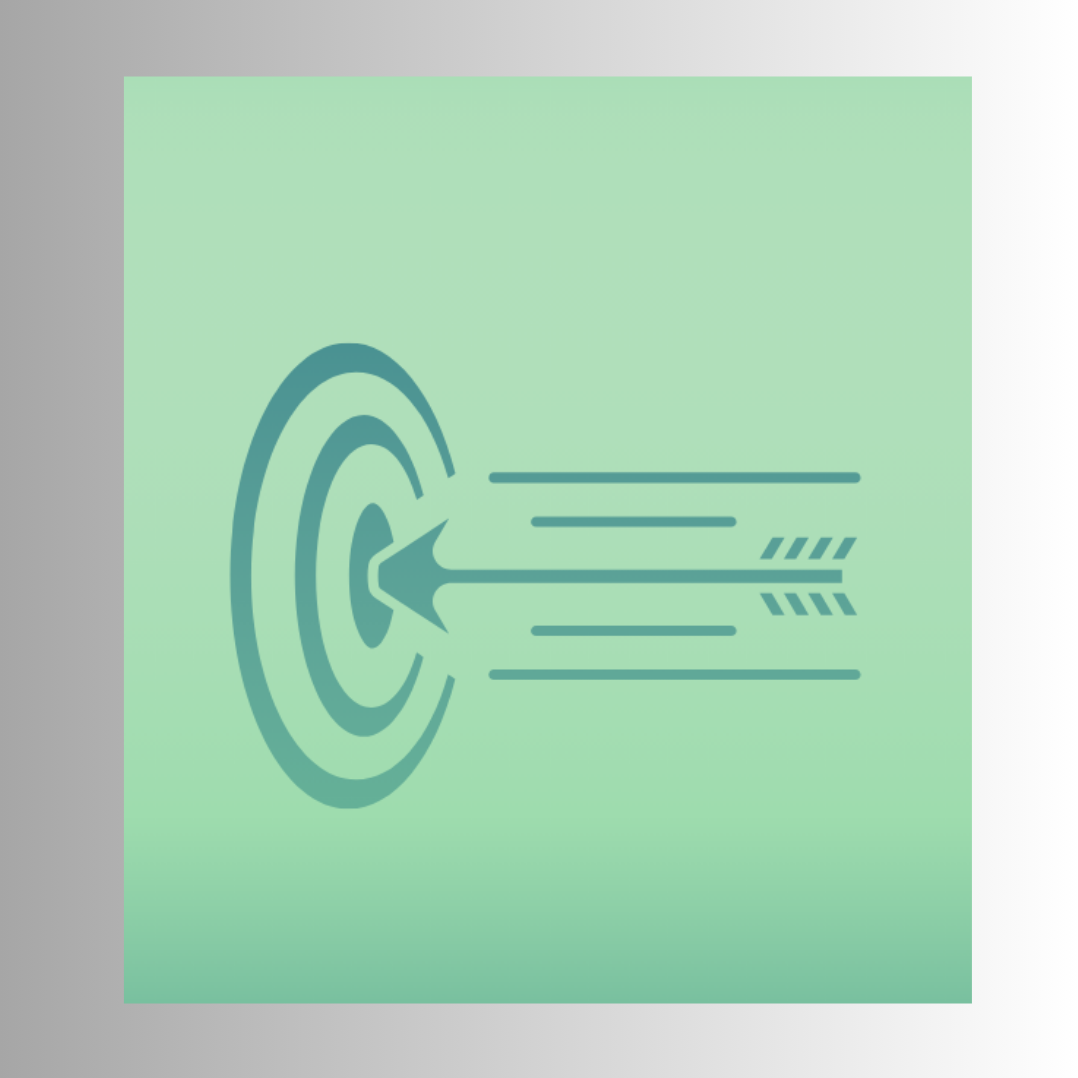
Customer Journey in Services vs. Products: What's Different and How to Adapt
We often talk about the customer journey like it’s the same for every business. But let’s be real — selling a service is not the same as selling a product. The decisions people make, how they interact with your brand, and what they need at each stage are completely different. If you’re not adapting your strategy, you’re likely missing conversions.
Services Are About Trust — Not Just Benefits
With products, people care about features, price, and availability. They want to see the item, imagine using it, and compare it to others. It’s often an emotional or impulse decision.
But with services, customers are buying a relationship, not a thing. They ask: “Will this person understand my needs? Will they follow through? Will I regret this?” Trust matters more than anything. That means your journey needs more education, proof, and reassurance.
Product Journeys Can Be Quick — Services Take Time
Buying a product can happen in minutes. People see it, want it, and check out. But with services, the journey is longer and involves more hesitation. Clients often do research, ask questions, and need multiple touchpoints before they commit. Your content should support that slower path — with case studies, testimonials, FAQs, and real conversations.
The Role of Human Contact Is Different
For products, especially in e-commerce, the journey can be fully digital. The customer may never speak to a person. Everything is about UX, visuals, and checkout flow.
For services, though, human interaction is part of the journey itself. A discovery call, a proposal, even a quick reply on LinkedIn — all of that builds momentum. Your strategy should make space for those personal moments. Don’t try to over-automate what actually works better live.
Onboarding Is Part of the Sale in Services
With products, once the sale happens, the main journey is done. Maybe there’s some support or upsell, but the commitment is over.
Not so with services. The moment someone says “yes” is actually the start of a deeper phase. Onboarding, expectation-setting, and the first results shape how they feel. If that early experience is confusing or slow, you risk churn before the value is even delivered.
Adapting Strategy Means Shifting the Focus
If you’re used to selling products, and now offer services — or both — your marketing must shift. Focus more on relationships, not funnels. Think long-term, not instant sales. Build trust, not urgency. That’s how you create a journey that fits what your customers actually need.
